Evaluation Theory and Empirical Study of Agricultural Total Factor Productivity Based on Eco-Environmental Efficiency Constraints
DOI: 10.23977/erej.2023.070310 | Downloads: 22 | Views: 1480
Author(s)
Cheng Xu 1, Xu Zhou 2
Affiliation(s)
1 School of Economics and Management, Jingdezhen University, Nanchang, Jiangxi, China
2 School of Finance, Jiangxi Normal University, Nanchang, Jiangxi, China
Corresponding Author
Xu ZhouABSTRACT
In order to accurately grasp the growth of agricultural total factor productivity in Jiangxi Province and analyze the impact of agricultural development on eco-environmental efficiency in Jiangxi Province, this paper uses Malmquist-Luenberger index to introduce eco-environmental efficiency constraint into the analysis framework of agricultural total factor productivity. The agricultural total factor productivity and its decomposition components of 11 cities in Jiangxi province from 2000 to 2015 under the constraint of eco-environmental efficiency were calculated and analyzed, and the convergence analysis of agricultural total factor productivity of Jiangxi Province was conducted. The results show that: Efficiency of ecological environment in jiangxi province in 2000-2015 under the constraints of agricultural total factor productivity is not present decline during the period of stable growth and show the local features of agricultural total factor productivity of agriculture in jiangxi province output growth contribution rate is extremely low, from a technical progress and technical efficiency improvement effects on agricultural total factor productivity growth are not regular, There are regional differences in agricultural total factor productivity of jiangxi province, especially fuzhou and Ganzhou, which are not ideal. Under the constraint of eco-environmental efficiency, agricultural total factor productivity of Jiangxi Province shows the characteristics of club convergence. Based on the above analysis, relevant policy implications are proposed.
KEYWORDS
Eco-environmental efficiency, agricultural total factor, productivity adviseCITE THIS PAPER
Cheng Xu, Xu Zhou, Evaluation Theory and Empirical Study of Agricultural Total Factor Productivity Based on Eco-Environmental Efficiency Constraints. Environment, Resource and Ecology Journal (2023) Vol. 7: 87-100. DOI: http://dx.doi.org/10.23977/erej.2023.070310.
REFERENCES
[1] Wang Qi, Wang Hui, Chen Haidan. Research on the change of Agricultural green total factor productivity in China: 1992-2010. Economic Review, 2012, (5): 24-33.
[2] Pan D, Ying R Y. Study on China's agricultural total factor productivity growth under resource and environment constraints. Resources science, 2013, 35 (07): 1329-1338.
[3] Liu Zhijian, Shen Yun, Peng Xiaobing. Research on the Interaction between agricultural non-point source pollution and agricultural total factor productivity—Empirical Analysis based on generalized impulse Response Function. Journal of Guangdong University of Administration, 2015, (01): 69-78.
[4] Du Jiang. Research on environmental Performance of Agricultural growth in China. Journal of Quantitative and Technical Economics, 2014, (11): 53-69.
[5] Tang Dexiang, Zhou Xueqing. Measurement and convergence of agricultural total factor Productivity in Southwest China under environmental constraints. Science and Technology Management Research, 2016, (04): 251-257.
[6] Xue Jianliang, Li Binglong. Measurement of Agricultural total factor productivity in China based on environmental correction. China population, resources and environment, 2011, 21 (5): 113-118.
[7] Yue Li, Wang Xiaojun. Analysis of Agricultural technical efficiency and total factor productivity in China from the perspective of environmental regulation: Based on distance Function method. Journal of Social Sciences of Jilin University, 2013, (4): 85-92.
[8] Li Gucheng, Chen Ninglu, Min Rui. Growth and decomposition of Agricultural total factor productivity under environmental regulation in China. China population, resources and environment, 2011, 21 (11): 153-160.
[9] Chung Y. H., R. Fare, and S. Grosskopf. 1997. Productivity and Undesirable Outputs: A Directional Distance Function Approach. Journal of Environmental Management, 51 (3): 229-240.
[10] Fare R., Grosskopf Shawna, Pasurka Carl. 2001, Accounting for Air Pollution Emissions in Measuring State Manufacturing Productivity Growth, Journal of Regional Science, 41, 381~409.
[11] Luenberger D. G. 1992, Benefit Functions and Duality, Journal of Mathematical Economics, 21, 461~481.
[12] Luenberger D. G. 1995, Microeconomic Theory, McGraw-Hill, Boston.
[13] Shephard Ronald W. 1970. Theory of Cost and Production Functions. NJ: Princeton University Press.
[14] Fare R., Grosskopf S., and Russell R. R. I998. Index Numbers: Essays in Honor of Sten Malmquist. Boston: Kluwer Academic Publishers.
[15] Yang Jun, Shao Hanhua. China's industrial growth under environmental constraints: An empirical analysis based on Malmquist-Luenberger index. Journal of quantitative & technical economics, 2009, 26 (09): 64-78.
[16] Liang Liutao. Spatial and temporal characteristics and Evolution of rural ecological environment. Nanjing Agricultural University, 2009.
[17] Fare R, Grosskopf S, Margaritis D. APEC and the Asian Economic Crisis: Early Signals from Productivity Trends. Asian Economic Journal, 2001, 15 (3): 325-342.
[18] Zeng Xianfeng, Li Guoping. Agricultural Productivity and convergence in Different regions of China: 1980-2005. Journal of Quantitative & Technical Economics, 2008, (05): 81-92.
[19] Bernard A, Jones C. Comparing apples to oranges: Productivity convergence and measurement across industrial and countries. American Economic Review, 1996, 86 (5): 1216-1238.
| Downloads: | 5979 |
|---|---|
| Visits: | 448541 |
Sponsors, Associates, and Links
-
International Journal of Geological Resources and Geological Engineering
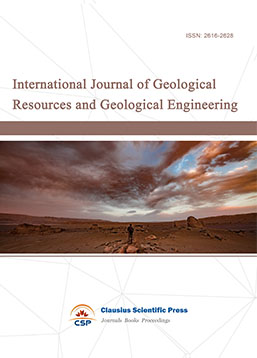
-
Big Geospatial Data and Data Science

-
Solid Earth and Space Physics

-
Environment and Climate Protection
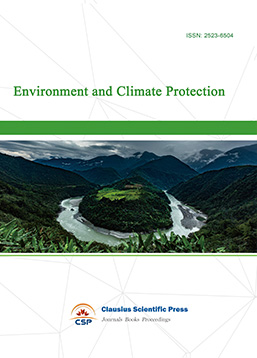
-
Journal of Cartography and Geographic Information Systems

-
Offshore and Polar Engineering

-
Physical and Human Geography
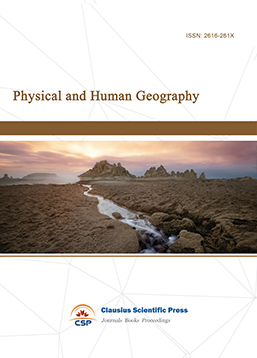
-
Journal of Atmospheric Physics and Atmospheric Environment
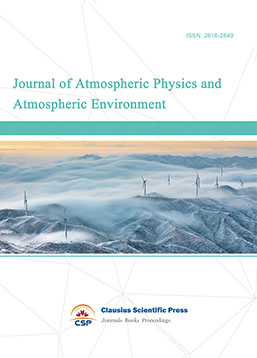
-
Trends in Meteorology

-
Journal of Coastal Engineering Research
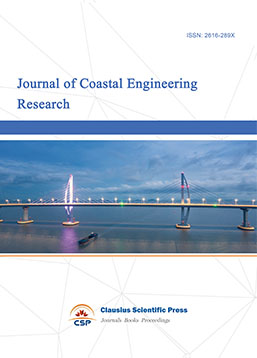
-
Focus on Plant Protection
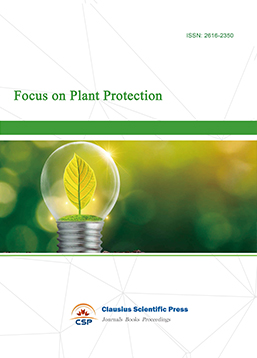
-
Toxicology and Health of Environment
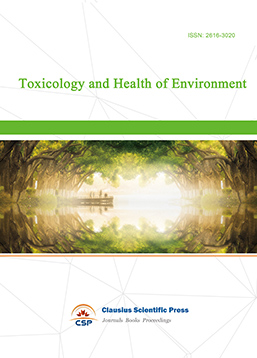
-
Geoscience and Remote Sensing
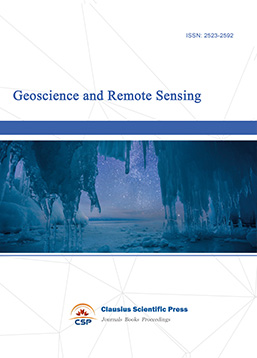
-
Advances in Physical Oceanography

-
Biology, Chemistry, and Geology in Marine
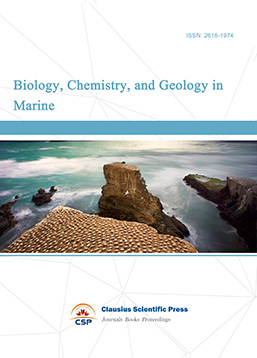
-
Water-Soil, Biological Environment and Energy

-
Geodesy and Geophysics

-
Journal of Structural and Quaternary Geology
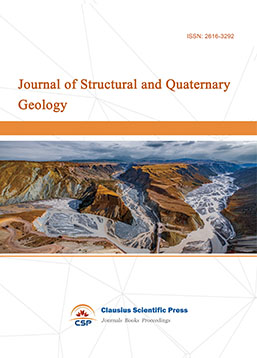
-
Journal of Sedimentary Geology

-
International Journal of Polar Social Research and Review


 Download as PDF
Download as PDF